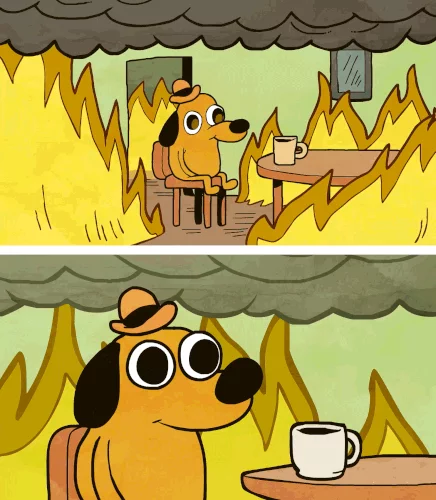That’s called “albedo”: the reflectivity of the planet.
At its simplest, a body which is a perfect mirror or which otherwise perfectly reflects all energy back out again would have an albedo of 1.0, an object which only Anish Kapoor is allowed to create, which reflects none of the energy which hits it, would have an albedo of 0.0.
In reality it’s more complicated than that. Not least because some of the energy will be absorbed in the act of interacting with the object, which will heat it up. And when something gets hot, it will start to emit (not reflect) infrared radiation (which is what a thermal camera picks up). If it gets very hot, it will start to emit energy in the visible spectrum, which is why hot metal glows.
And then you have to take into account the transmissibility of the air at different wavelengths.
The sky, in many places, is blue. This is because of how light bounces around in the air: some wavelengths are scattered and bounced around, other wavelengths pass straight through. If the atmosphere were perfectly transparent in the visible spectrum, then the sky would be black because there would be no scattering.
So it follows that the light which hits the Earth’s surface is what the air is mostly transparent to. If you have snow, or clouds, or white roofs, then it gets mostly reflected back where it came from, and it can go back the way it came.
If you’ve got a black roof or tarmac roads, then that light gets absorbed by that dark surface, and because there’s no photosynthesis using that energy, it all gets turned into heat. And that heat emits infrared. And the atmosphere isn’t as transparent to infrared as it is to visible light, so it scatters, and heats up the air. And the warmer air heats up the oceans, and the oceans can store a shit-ton of heat, and take it down below the surface where you can’t see it but it looks like the atmospheric heating has stalled, but it hasn’t, the ocean is just cooking, and when it can’t store any more it will start heating up the atmosphere again.
And the heat in the oceans changes the nature of the chemical reactions, meaning that it can absorb more carbon dioxide, which is good right? ahaha no, it turns the CO₂ into carbonic acid, increases the acidity of the ocean, and means that creatures which require calcium to build shells and exoskeletons and coral reefs and things can’t because they keep dissolving, and that takes out the foundation layer of the ocean’s entire ecosystem.
 ) such a good thermal regulator for the planet. All that solar energy just bounces off the snow and leaves without doing much.
) such a good thermal regulator for the planet. All that solar energy just bounces off the snow and leaves without doing much.




